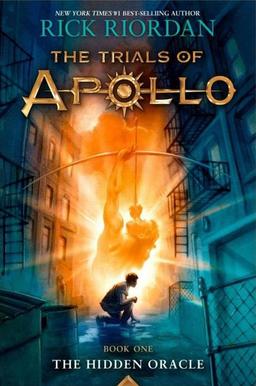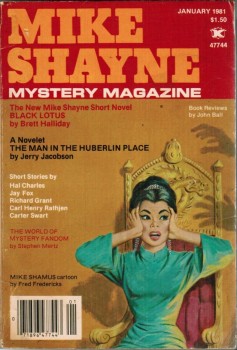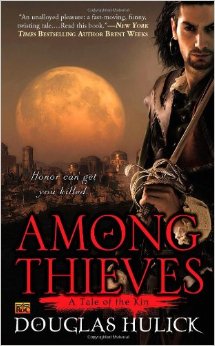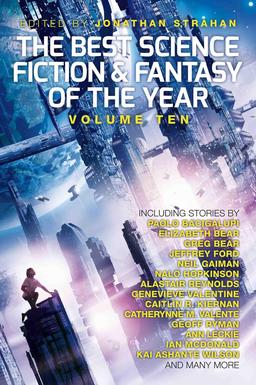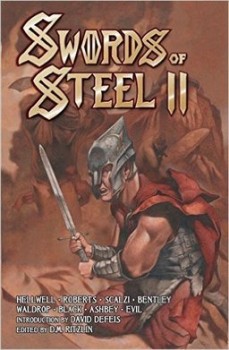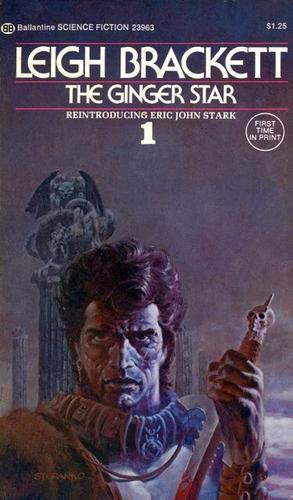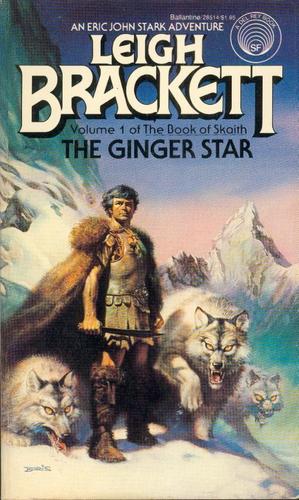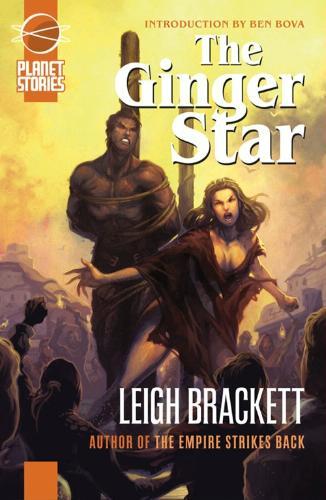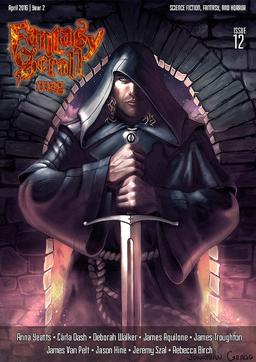Vintage Trash: Producers Releasing Corporation, the Poorest of Hollywood’s Poverty Row
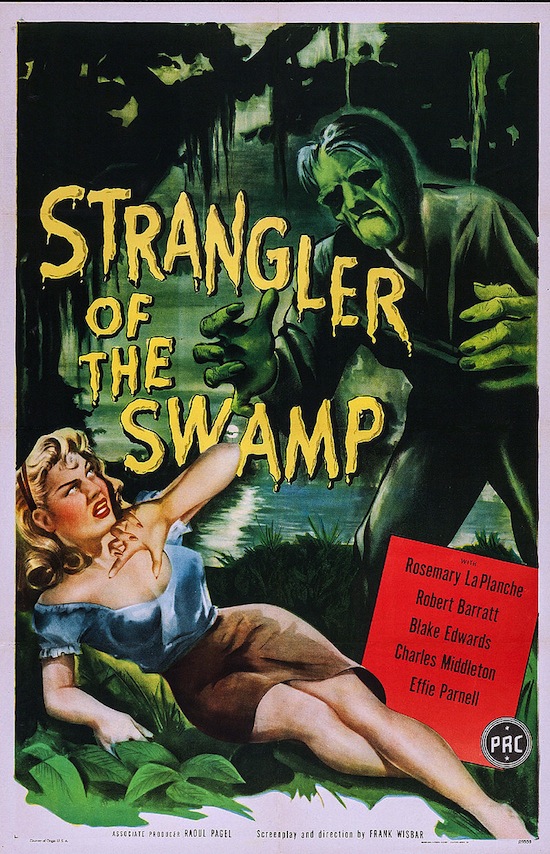
The 1930s through 1950s are generally seen as Hollywood’s Golden Age. It was a time when major studios had glamorous stars and made blockbuster pictures with casts of thousands.
It was also a time when cheap production companies ground out quickie films on a shoestring budget, and sometimes, just sometimes, created something worth watching.
Welcome to Poverty Row, the result of the world’s insatiable appetite for film. In the days before television, many people went to the movies every day. Not only did they get a movie, but they also got a newsreel, cartoon, and a shorter “B” movie. Neighborhood theaters often showed B-movies as features since they were cheaper to rent and the audience of local kids didn’t care about great production quality, they just wanted to see some cowboys shooting it up. And that’s where Poverty Row came in.


